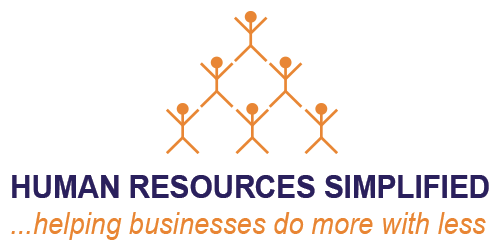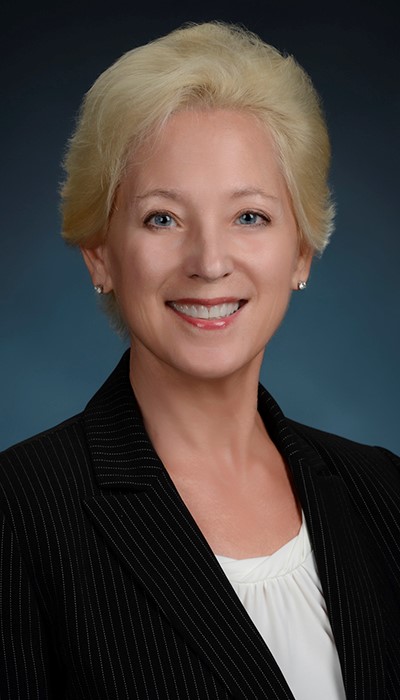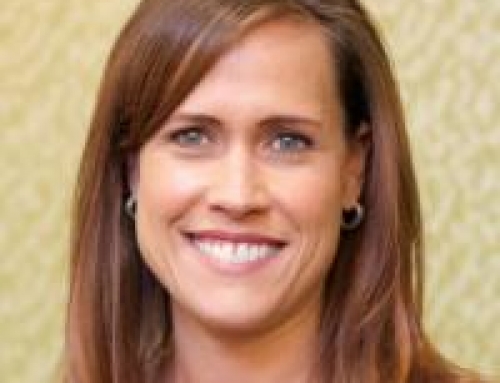 In our February Interview, June Braithwaite discusses Two Revolutionary Strategies to Create your Ultimate Retirement Plan.
In our February Interview, June Braithwaite discusses Two Revolutionary Strategies to Create your Ultimate Retirement Plan.
Q: Why should a small business create a retirement benefit plan for their employees?
A: A small business may not always have the resources available to offer a retirement plan like a 401(k) for their employees. Therefore, a plan with a flexible contribution that can offer lifetime tax-free income, cash for illness or injury and life insurance all in one package can be a powerful tool to attract key talent.
Q: What are the different types of plans and please explain the tax advantages of these type of plans.
A: Most people are familiar with a qualified, or pretax plan such as a 401(k), 403(b), Traditional IRA or SEP. While a pretax plan will give you the tax savings up front, you must realize that when it is time for the required minimum distribution (RMD) at age 70 ½, it becomes a taxable event. This required minimum distribution (RMD) must happen whether or not you need the income, or you will incur a substantial penalty.
Our strategy uses Indexed Universal Life (IUL) to create a plan with your after-tax contributions, resulting in tax-free income.
Q: What are the current limits of contributions for different age groups?
A: Below is a chart of the most common types of retirement plans compared with ours.
Plan Contribution Age RMD Taxable
Limit Requirement Distribution
401(k), 403(b), IRA $18,000 Up to age 50 70 ½ Yes
$24,000 Age 50 +
SEP $54,000 70 ½ Yes
SIMPLE IRA $12,500 Up to age 50 70 ½ Yes
$15,500 Age 50+
IUL No limit No limit No RMD No
Q: If employees have a choice to participate or not, why should they choose to participate?
A: Participation in our plan allows for many benefits not available in other retirement plans. The main benefits are lifetime tax-free income, liquidity, flexibility, and protection. The growth of this plan is indexed to the S&P 500. You have the benefit of the gains but never the losses because you are not in the stock market.
In addition, this same strategy will give you cash in the case of injury or illness. This would eliminate having to purchase additional plans for life, disability and long-term care that may never be used. What other plan do you know that offers all of these benefits in one package?
Q: Can a retirement program be considered a recruitment and retention tool?
A: Absolutely. Some employers will match contributions to a certain level and this is certainly a good tool to attract and retain employees. We always recommend that employees take advantage of any matching contribution their employer offers. Be aware of a vesting period that is often part of the employer portion, however. Also, a qualified plan like this is subject to nondiscrimination rules, so it cannot be used as an executive incentive plan to retain key employees.
Since our plan is nonqualified, an employer can choose to pay for it and use it as a golden handcuff for key employees. There are no limitations to the amount of contribution, and, if left to grow over a period of time, can be a lucrative incentive plan for the employee.
Q: Once an employee leaves an employer, what are their choices for what to do with your plan account?
A: The employee is the owner of the plan, so it stays with them. If a payroll deduction was in place to fund the plan, the employee is now responsible for funding on their own.
Q: Certain plan types and designs work better for certain size organizations; can you speak to that?
A: The size of the organization does not matter with our plan but most large organizations offer a 401(k) because that is what most large organizations do. There is now a paradigm shift in thinking because people are concerned with taxes and the cost of health benefits. That is why we see so many Aflac type policies being offered as a voluntary benefit. Our plan covers all the main challenges in retirement which are taxes, health care costs, stock market losses, and outliving your income.
Q: What about non-profits? Do they have the same choices for retirement benefits?
A: Our strategies offer exactly the same benefits for an individual working for a non-profit organization as one with a for profit company.
Q: Speaking generally about the IRS and these plans, what do you think will be coming down the pike?
A: While I cannot predict the future of IRS rules, I think it’s interesting that the only other tax-free investment I am aware of, the Roth IRA, has the lowest contribution limit, and is one of the least flexible in eligibility. Therefore, as long as a strategy like this exists, the time to take advantage is now.
Q: What about sole proprietor enterprises, what might be best for them, assuming less than ten employees?
A: Our plan works perfectly for a sole proprietor. You’ve got a retirement plan that includes tax-free income, life insurance and cash for illness or injury all in one package. For the small business owner with a few employees, you can offer them a retirement plan that the employee will pay for themselves, plus all of the other benefits without having to purchase separate policies.
Q: What if the employee wants to take a loan from their program, what are the rules on that?
A: An individual can take a loan for the amount of the cash value of the policy to be used for whatever they like. The loan is not required to be repaid but can be if the owner wants to maximize the cash value when it is time to begin taking distributions.
Q: Can you give an example of a success story with a client that used your revolutionary strategy to Create your Ultimate Retirement Plan?
A: My partner has a policy of his own. He took out a loan from his policy to buy real estate and then sold it for a profit and put the money back. It’s like having your own bank.
Q: I understand that there are plans where you choose your funds and those where you can choose a plan based on age or risk tolerance where the funds are chosen for you; can you explain that?
A: Our 2nd important strategy at Business Benefits Planning Group, involves being invested in the stock market. In one-on-one meetings with our clients, we review performance summaries of our managed portfolios. We then ask them to complete a questionnaire that will tell us about their risk tolerance. Knowing the risk tolerance level, we can place them in an appropriately managed portfolio. The portfolios are actively managed and funds are selected by the Chief Investment Strategist and a team of money managers. The average annual returns we show have been backtested for many years. We can outperform the market simply by taking less risk than the S&P 500 and avoiding the losses the S&P incurs.
To complement our strategies, our portfolios have an exclusive software monitoring system that can limit the losses in your portfolio, according to your risk tolerance. Recall the recent incident with the Wallendas performing their act on a tightrope.
Unfortunately, one of those performers lost their balance and five were injured in the fall. They were performing without a safety net so they were not protected. As your portfolio is performing, our monitoring system acts as a safety net. So, if the stock market falls below your tolerance level, you will be protected. Knowing your risk tolerance, we can tell you how much you can lose before you invest your first dollar. This is a feature most advisors cannot offer their clients and is one of the reasons that set us apart from other advisors.
Age is not really a factor for where we place our clients, but we generally find that the younger the client, the more aggressive their risk tolerance tends to be. Our older clients are more about conserving their savings. No matter the age, everyone is relieved to have the safety protection feature we offer.
Q: What about anything Congress might choose to do different this year, any suggestions of that?
A: Not sure about this year but taxes will most likely go up to help pay for Medicare and Social Security.
Q: In conclusion, how does this type of benefit fit into a competitive benefits package?
A: We’ve researched every retirement and benefits package and developed what we believe to be the most unique and comprehensive retirement plan available today. Combined, our two strategies create lifetime tax-free income and protection from stock market losses. With this, we design a customized plan for each client and call it America’s Choice™, Your Ultimate Retirement Plan. I hope these tips help you Create your Ultimate Retirement Plan.
June is Executive Vice President at Business Benefits Planning Group. Her background is in human resources with more than 25 years of experience in the design and administration of compensation and benefits programs. You can contact her through her website at www.BusinessBenefitsPG.com

Jean (JJ in HR) is a certified senior-level human resources executive/consultant, adjunct professor, management trainer, professional speaker, resume writer, career coach, LinkedIn profile builder, and published author.










